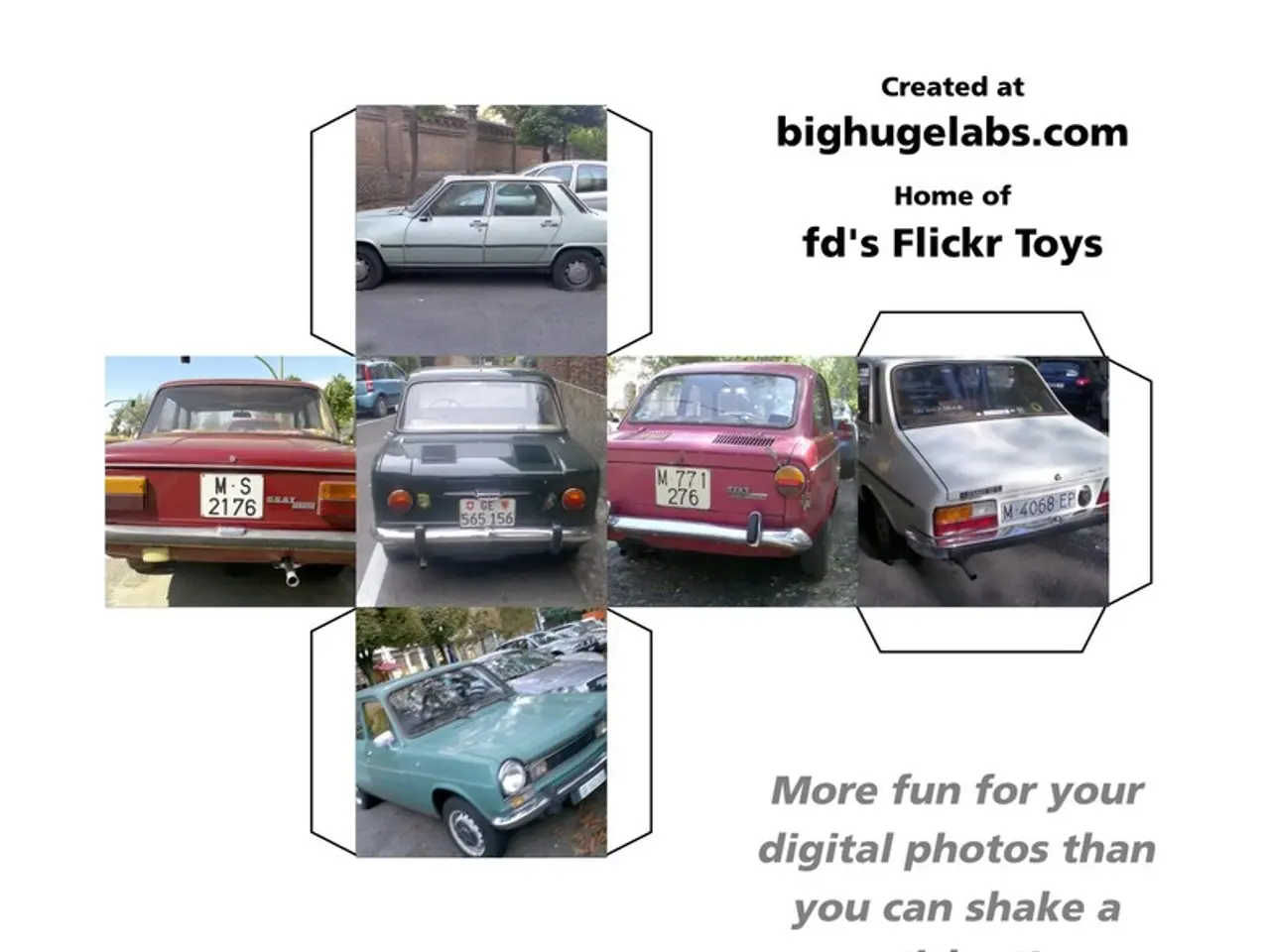Creating a Car Maintenance Application in 2025: Features, Procedures, and Expenses
**Building a Comprehensive Car Maintenance Application in 2025**
As the demand for car maintenance applications grows, companies are turning to software development companies for assistance in creating intelligent, user-friendly auto service apps. In this article, we will explore the cost, key features, development process, and technologies involved in building a modern car maintenance app.
**Cost**
The cost to develop a comprehensive car maintenance application in 2025 can range from $20,000 to over $100,000, depending on factors such as complexity, platforms (iOS, Android), and technology stack used. The table below provides a detailed cost estimate based on app complexity:
| App Complexity | Development Time | Approximate Cost | |----------------------------|---------------------|-----------------------| | MVP (Basic Features) | 3-6 months | $10,000 – $20,000 | | Mid-Level (More Features) | 5-8 months | $20,000 – $40,000 | | Advanced (IoT & Full Integration)| 6-9 months | $40,000 – $100,000+ |
**Key Features**
Car maintenance applications offer a range of features to help users manage their vehicles efficiently. Some of the key features to expect include:
1. Vehicle profile management (multi-vehicle support) 2. Maintenance scheduling with reminders 3. Service history tracking and digital invoices 4. Booking and service locator integrated with GPS/map services 5. Fuel and mileage tracker for efficiency monitoring 6. Push notifications for alerts and offers 7. Emergency assistance features 8. Vehicle health monitoring, optionally connected via IoT sensors for real-time diagnostics 9. Payment integration for digital invoices and transactions
**Development Process**
The process to build a car maintenance application involves several stages:
1. **Requirement Analysis:** Defining detailed features, target audience, platforms (iOS, Android, web), and compliance. 2. **Prototyping & Design:** UI/UX design emphasizing user-friendly and intuitive navigation. 3. **Technology Stack Selection:** Commonly React Native or Flutter for cross-platform apps; Node.js or Java for backend; Firebase for real-time updates; and APIs like Google Maps for navigation services. 4. **Development Phases:** - Core functionality first (MVP features) - Integration of complex modules (IoT, payment gateways) - Backend and database development for service histories and user data 5. **Testing:** Functional, performance, and security testing to ensure quality. 6. **Deployment & Launch:** App store submissions and backend setup. 7. **Post-Launch Support:** Regular updates, bug fixes, and feature enhancements.
**Additional Considerations**
- **Platform choice:** Native apps cost more but offer better performance; cross-platform is cost-efficient. - **IoT integration:** Adds complexity and cost, requiring specialized hardware and protocols. - **Third-party integrations:** Payment gateways, maps, notifications, and vehicle diagnostics increase development time. - **Compliance & Security:** Data protection laws and secure handling of payment data impact the design and testing phases.
**Marketing Efforts**
Marketing efforts, including app store postings, SEO, social media, and online advertisements, are crucial for high download numbers and early user feedback. Partnering with a software development company can help businesses achieve a competitive edge in the market.
**Monetization Strategies**
Monetization strategies for a car maintenance app include in-app advertising, subscription plans, affiliate commissions, service charges, and partnerships with auto brands, service centers, garages, insurance companies, and spare parts suppliers.
**Choosing a Software Development Company**
Choosing a trusted software development company ensures professional input, good code, and secure architecture. Extensive bug testing, including crash testing and slow loading times, is essential for ensuring a well-functioning app.
In conclusion, building a car maintenance application can help businesses gain a digital advantage over competitors and provide users with a convenient way to manage their vehicles. The cost and development process can be complex, but with careful planning and the right partner, a successful app can be launched and maintained.
Backend software development plays a crucial role in creating an efficient car maintenance application, as it handles the database and user data of the app. This usually involves using frameworks like Node.js or Java for the backend.
Moreover, as smartphones and gadgets have become indispensable in our daily lives, car maintenance apps that incorporate features like real-time diagnostics via IoT sensors can provide users with a smarter, more connected driving experience.
In the realm of technology, the use of advanced tools and technologies such as Firebase, Google Maps, and various APIs contributes to the robustness and competitiveness of a car maintenance application in the market. This not only enhances the user experience but also opens up opportunities for partnerships with other tech-driven companies.



